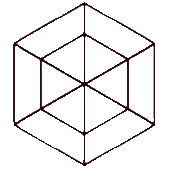1831 words
Parent: T.00_FR_The Art of Gaming Concepts – Topologies of Art, Platforms and Archeologies of the Future(s)
Transcendental Objects of Desire. Art and the Valuation of the Unknown
“It begins with a tickle and ends in a blaze of petrol. That’s always what jouissance is”1
Jacques Lacan
Where is Art? Is it everywhere, in the molecularity of the diverging series as the immanent philosopher intended it, or is it instead in events that emerge without cause and without relations as the mathematical Maoist ontologist dogmatically declared? For the former, art is every-where because creation is a desiring function of all there is. “What is” is an intensive field that emerges within constellation of vectors-forces. An Idea, an artistic invention or any microscopical happening, is a phase-change operating with different gradients of intensity. Art qua life is the molecular constitution of trajectories of sense escaping from their genetic conditions (the milieu, the situation, the environment). For the latter art is located at points of rupture. “What is” fundamentally is a fabric that is an “inconsistent multiplicity”, a generic and unstable space where events of change fissure the given, which structurally is something less-than-nothing; art qua life “events” emerges as true inception of pure novelty. An Idea, any idea committed to the formal inconsistency of all there is, and committed to the creation of an event, a political-artistic-amorous-formal change, a truth which is a revolutionary moment, a militant hole that breaks the given order of things.
Philosophical framings aside2 together with their political consequences and critiques which we cannot expose here, we could attempt at saying that the materialisation of art is “objects” and “events” —so much we have learnt since the inception of landscape-art, conceptual-art, action-art, process-art, performance-art, engaged-art, and all others. Paradoxically even when art is at its absolute, through the presentation of either/or “objects” and “events” seem to do both: its creations attack the given system of values at the same time as they generate new capital-value. They require labour, and so capital value in order for their instantiation at first, and for their meaning to be heard, for them to be valued and to keep circulating possibly, possibly positively influencing diverse forms of life, in time. Art —in a traditional sense and one that works at unison with the capitalist’s spirit— could be defined as a practice that generates, that creates desires to do, and desires to have. Art in its truthfulness is an inherent drive to exude the old, to attain the singular novelty. Its truthfulness is the demonic possession of the artist’s soul, and the seizure of the public’ burning eagerness to be affected. It casts spells, infusing desires that immediately transmute into the will to possess, literally to have: an effect, a text, an object, a sensation.
Why the need to make them first, but also to posses them, why the need of making and possessing art? Objects or events of art manage to instil, differently in different thoughts, ecstatic blips, to illuminate a space other, to call out even in a neo-rationalism mind an animist feeling that something beyond resides constantly instigating the possibility of change. They summon ghosts by enchanting and deriding the subconscious, by making us feel that we are part of something beyond the now —the illusion of being part of a temporal circularity, eternity; an ontological déjà-vu. They enchant the eye, or the mind (as for conceptual art), because we project in them our desire of being fulfilled, to suture the painful ontological hole we carry within by being trapped in between [ . ], ensnared in finite existence whilst gifted an infinite thought. Thus art appears, to give meaning of such impossibility, to give sense and hope to be able to transmute by being in contact with, part of, an absolute presence. <Absolute, what a word. If only in the day to day we were to remember Gödel and the logical impossibility of an absolute, consistent, and self-concluded set. We would stop chasing absolutes and start making ones>. Those products of art, those non-objects are living reminders pointing at the possibility that something other than what is given in the living is a dimension that (in thought) persists. Reminders that something other than to simply-exist “is”, they force the subject’s subconscious drive to believe momentarily in the possibility of ontological completion —instilling the instantaneous enjoyment, a peculiar ataraxic passivity, a suspension in which the subject is, asking and desires no-thing. Libido, conceptual or somatic, is liberated by being in contact with such objects. Who does not need that (illusory) sense of acquired beatitude to tone down that inexpressible feeling of incompletion, the haunting presence that keeps everyone awake at night, constantly longing to reach completion, restlessly desiring to be without mediation, persistently driven towards what-is-not? Fetishistic projection is enabled in its strongest form for things that have no objective reasons to exist, they get to be desired as if they are the last bastion to give sense to the inconsistent fabric of life as it is registered in thought —fetishistic projection, an action that as Lacan understood more than any other, one that any psyche naturally performs. Art, even in its more brutal, or conceptually debilitating, events, generates things-acts, objects or events that are empty-signifiers and that complete momentarily the structure of signification, by exploiting and seizing and feeding on our drives and existential pains, by hallucinating thought and the body. There is art: the field that most approximates the erotic experience, the field that instates the ultimate possibility, pure sense of fullness, eternal presence, ontological libido; silence. One without return: in the erotic experience libido is squandered but in art it is trapped within the presence of the artwork, the material icon. Again, why the need, why the imperative of possession? Because art’s output, at its most radical, are “objects” without objectivity, non-objects without finality that affirm the conditions of their own presence, and that so remind the eye that something other than “things”, in time, could emerge. And what are (non-)things that emerge, existing outside cause and effect? They are true ideas that manage to (be) incarnate(d) in a substance. They are pure concepts, maybe for an instant they could be considered “thing-themselves” or “absolute events” that could be smelled, touched, used. Although as soon as they are grasped in their objectivity they reveal that nothing is ever an absolute presence, they reveal the illusionary powers of art, in making believe that things-themselves and true events could exist. There’s the transcendental ability of art: the capacity of suspending time, opening a bracket between sensation and conceptualisation. Art’s absolute objects (or acts, performances) for a lapse of time illuminate the possibility of an impossible presence through their ecstatic shining, though the allusions to the “beyond” is nullified in time. Some become icons, false idols to be idealised, other get mercified, commodified, packaged and auctioned. Speculation upon speculation upon speculation —fiction at first, illusion, delusion and capitalisation right after. Art is a paradoxical field of production, one that perfectly performs producing an excess beyond the given, that breaks the sense of givenness of the world, of things, and that get to be enmeshed right after its inception in the world of thing, of valuation. Art produces things and events, presences that having an end in themselves have also a speculative value in-themselves. We call these “things” “transcendental objects”, things that have no use-value and that for that same reason, can be given any value, one that gets reiteratively inflated by pricing ventures; market-value, a process of accelerative and accumulative speculation. The paradox of value in-itself instantiated beyond use-value it’s the paradox of a presence that has absolute value in having in fact an empty value. On such premises the “presence” (object or event) that art outputs gets valued for its potential of being exchanged at will without material correlation or justification, a presence that by being financially valued loses its metaphysical statue. By being owned and exchanged, it acquires the state of commodity, therefore beginning to live in the world of things. So is art’s power of creating transcendental objects of desire. We are driven by the desire to possess the contours of the unknown, but those objects or events cease to be keyholes to such unknown, their factual status is revealed in time. The eye not complacent to the market knows it, but decides notwithstanding not to know in order to go on.
We know that we don’t know that we know that from the beginning, as in a post coitus, those objects were nothing but the illusion, the suspension of an unbearable truth via the instantiation of an orgasmic hope. There we are, “thrown”, in the world of commodities, where art is a powerful token to be exchanged, one that could be sold-bought iteratively in a game of speculative extraction without compensation. The financial value of art’s act or object(s) is forged, not by true desires but by an imperial machinery controlled by a reduced collectivity, speculators that buy and store their art in airtight containers that see no light of day, those that have the power to decide where value should be allocated and bet upon, selecting algorithmically what has more probability of generating/accumulating/capitalising/exploiting more desires in time. There’s no metaphysical reminder, there is not even enchantment in looking at a surface held prey at an auction; there is the excitement of the ones performing an explicit exploitative accumulation bearing no connection whatsoever with the materialities, digital or physical, virtual or actual, of the world. Objects more than events definitely worked better for exploitative transitions, but now that everything is objectified and transferred into tokens, digits, everything is a presence that could be exchanged at will —events work as objects, as they can be reproduced and exchanged on demand. Enough said; I’m not a pessimist, I’m writing only in order to layout the foundation of a strategic plan, a vision, as Fredric Jameson said in a passage cited at the beginning of this series of texts: “to produce the concept of something we cannot imagine”. One question to close this section and to move into the next one which is riveted by queries: could art escape capture, could it become truly abstract, namely formal, immaterial and iconoclast —and how from such abstraction could art start affecting back the materialities of thought, of the world? How could art, and the artist live through such material abnegation?
References
1 Jacques Lacan, “Seminar XVII: The Other Side of Psychoanalysis” (1967–70), ad, Jaques Alain Miller, trans. Russell Grigg (New York: W.W. Norton and Company, 2007), p. 72
2 As we don’t have here the possibility to carry the argument further due to the complexity and ramifications of the two philosophical positions. I mapped and diagrammed the work of Alain Badiou and Gilles Deleuze, and a third author, François Laruelle during my PhD studies. The research was defended with a thesis titled “Immanence and Contingency in Meillassoux, Deleuze and Laruelle. A Philosophical Inquiry on Signs, Models and Diagrams at the Edge of Natural and Formal Language”.
Links
︎ @remxbj ︎ formaxioms.com ︎ remixstudio.org
From the same writer
T.00_FR_The Art of Gaming Concepts – Topologies of Art, Platforms and Archeologies of the Future(s) T.01_FR_Cognitive Dissonance and Non-entropic Fields T.02_FR_Place(s) of Art T.03_FR_Discretely Whispering T.04_FR_Transcendental Objects of Desire. Art and the Valuation of the Unknown T.05_FR_What Conceptualism After Conceptual-Art? (Platforms – Abstraction and Emancipation) T.06_FR_ENCORE: Militant-art and Alien-Subjectivity – Writing Worlds T.07_FR_Choreographing Fields: the Boundlessness of Digital Archives






